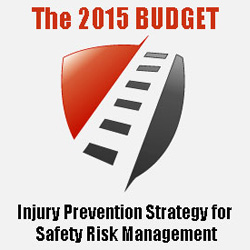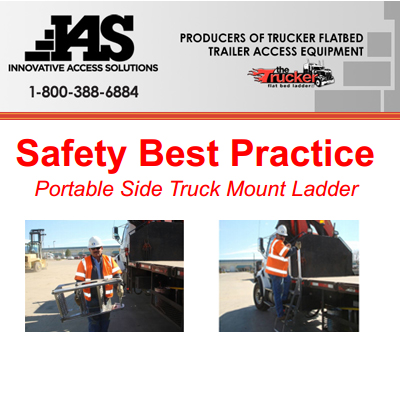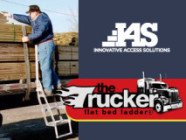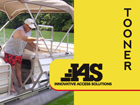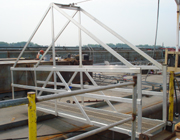As we begin to budget for strategic objectives in 2015, several work safety topics centered around an important theme come to light. Posts ranging from safety training to workers comp/EMR risk, the importance of conducting fall hazard assessments and engineering fall prevention design — each capture elements of what I believe to be the annual theme for our blog, and what may be the most notable national work safety theme of 2014: Preventive Safety Risk Management Strategy.
Comprehending and preparing for the preventive work safety trend will prepare you for 2015 budgeting and set your organization on the path towards a beneficial work safety culture. While this may sound complicated, strategy setting will become easier after considering the benefits of preventive safety strategy.
First, Consider the Benefits of Safety Risk Management
The concept of pursuing Injury Prevention tactics for Safety Risk Management is not a revolutionary approach, nor is it a simple strategy to follow. The motivation behind injury prevention strategies that minimize risk to reap long term safety benefit is based in the complementary advantages provided by a preventative safety culture. Risk prevention strategy involves foresight and planning, and requires a greater upfront investment cost. Over time it will result in fewer injuries, worker lost time reductions, improved workers comp rates, and other indirect savings and benefits. From this perspective, preventative safety risk management ultimately provides inherent value to businesses that are financially stable and well-managed. These businesses are typically set up to plan ahead strategically and invest accordingly. If they are able to effectively implement safety risk management strategy, they will thrive when compared to protection-focused strategies with stringent safety controls.

…then brainstorm Injury Prevention Strategies
The elements of successful injury prevention strategies are not unlike those of a typical work safety program, with respect to procedural elements. Hazard assessments, incident recording, policies and training remain standard work safety objectives. The subtle difference between injury prevention through safety risk management versus protection and control strategies is that prevention policies and controls are engineered to prevent risk, as opposed to simply identifying risk areas and protecting workers. For example, while injury risk hazard assessments are an element of most work safety programs, an overarching preventive strategy will interject that step into the initial processes of any new development or work activity. The goal is circumventing, not simply mitigating, potential risk areas. With this in mind, preventive strategy is most effective when work safety culture is established and new initiatives are supported by an acknowledged organizational safety commitment.

Preventive Safety Incentives & Training Ideas
In support of building a work safety culture that values and supports injury prevention ahead of protective measures, safety incentives should be structured to reward preventative innovation as opposed to strict adherence to performance metrics such as injury rates or lost time. For example, an organization might hold a contest that challenges employees to propose an injury risk prevention strategy that reduces injury risk for the work process that had the highest injury rate the previous year. This approach delivers the strategic preventative message while working to solve a problem, and also helps to increase employee commitment through involvement. Similarly, training documentation should emphasize the importance of avoiding unnecessary risks as much as utilizing the proper protective equipment or following the recommended procedure. In an injury prevention safety environment, the goal should be to efficiently avoid risks, not plow through them with precautionary measures.

Now You’re Ready to Budget Your Injury Prevention Risk Management Investments
We at the Safety & Numbers blog encourage you to invest in injury prevention engineering strategies and equipment as you write the 2015 budget. Establishing preventative work safety as a cultural value will not only offer the ‘usual suspect’ benefits (monetary expenses, less lost worker time, improved morale, etc.). Over time it will provide indirect benefits such as workers comp rate and hiring advantages. Need help with your injury prevention safety planning? Contact IAS
